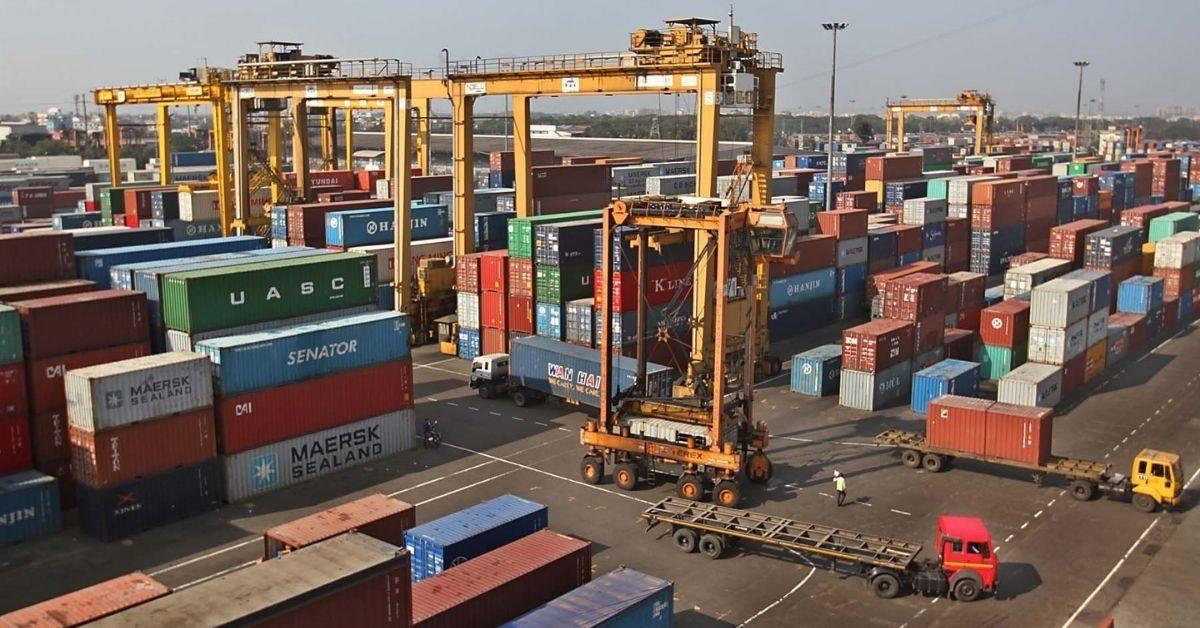The Chittagong Port Authority is going to start trial operations of the newly built Patenga Container Terminal this week. Though some of the construction works of the new terminal, including of the yards, are yet to be fully completed, Chittagong Port Authority (CPA) has planned to berth a bulk carrier on a trial basis at one of its four jetties on Thursday.
With this, a new terminal will be added to the country’s premier sea port after over 14 and a half years since the construction of the last one, New Mooring Container Terminal (NCT), which was completed in December 2007.
However, the new terminal may not become fully operational until the appointment of a private operator and inclusion of container handling equipment by the operator which could take another one and a half years.
But until then, the CPA has planned to make the terminal operational with its own equipment which would enhance the port’s productivity and capacity to a great extent.
The port currently has three terminals, General Cargo Berth (GCB), Chittagong Container Terminal (CCT) and New Mooring Container Terminal (NCT), having a total of 19 jetties — six for bulk carriers and the rest for container vessels.
The new terminal has four jetties — three for container vessels and the remaining one for oil tankers.
Though three jetties of the PCT have been built to accommodate container vessels, the CPA initially will start operations by berthing bulk carriers.
CPA Chairman M Shahjahan said they have a plan to start berthing container vessels at the terminal in September, when the prime minister would formally inaugurate the terminal.
Since the appointment of a private operator is a lengthy process and it will take a couple of additional months for the operator to acquire equipment, like quayside gantry cranes, there is primarily no scope for accommodating gearless vessels at the terminal.
Shahjahan said until private operators were appointed, they would allow bulk vessels as well as geared container vessels at the PCT.
He said with the PCT, now the port would be equipped to berth three more container vessels and an oil tanker.
It will help reduce the stay time of vessels and their waiting time at the outer anchorage and the port will be able to handle a significant quantity of additional containers, he said.
Chittagong Chamber of Commerce and Industry President Mahbubul Alam said it was indeed a good news for the country’s foreign trade, which was ever increasing and demanded an increase in capacity at the country’s premier port.
He said as the PCT was located much nearer to the Karnaphuly estuary compared to the existing port jetties, vessels which would be able to berth there would now be able to complete discharging and loading of containers at a lesser amount of time.
He, however, urged the government to complete the appointment of a private operator as early as possible to get the optimum benefit from the terminal.
The government approved the project for the CPA to construct the terminal on around 30 acres of land at Patenga in the port city in June 2017.
Initial plans were for the project to be implemented between July 2017 and December 2019, which was revised and extended to June 2022.
The original construction cost was estimated at Tk 1,868.28 crore, with the terminal being built by the CPA at its own cost.
In the revised plans, the cost was reduced to Tk 1,229 crore as the government decided to implement the project on an equip, operate and maintenan model under public-private partnership (PPP) with the operator appointed to procure the necessary equipment.
Once the PCT is fully operational, the port will be able to handle an additional five lakh TEUs (twenty-foot equivalent units) of containers annually. And, the terminal will be able to accommodate bigger vessels having a draught of 10 metre. The port can currently permit vessels with a draught of up to 9.5 metre.








